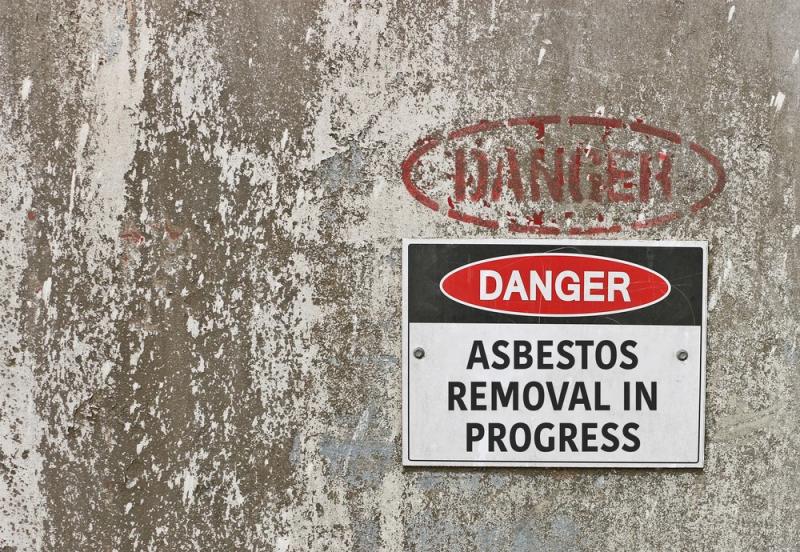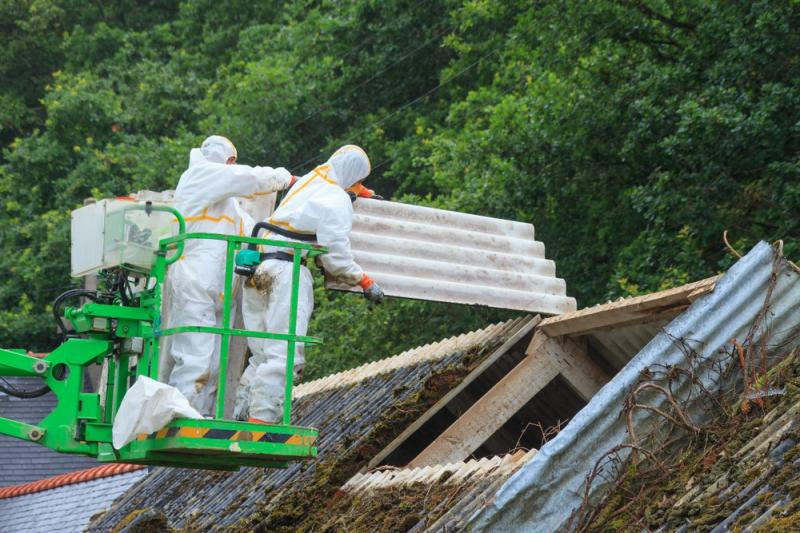How Do You Know if Lung Cancer Is Caused by Asbestos?

If you or a loved one are suffering from lung cancer, it can be difficult to determine what caused it in the first place. Most lung cancer is caused by smoking, and some people can get lung cancer without any history of smoking or asbestos exposure.
What makes the causal determination difficult is that the symptoms and consequences of lung cancer are the same regardless of the cause. However, if you do have lung cancer or mesothelioma and believe that you were exposed to asbestos for an extended period of time, you may want to contact an attorney who can guide you through the process of proving it.
What Is Asbestos?
Asbestos is a dangerous material that releases fibers which damage the lungs, causing long term conditions that may result in lung cancer. The fibers which are released in the air are generally either curly or straight and needle-like. Both of these types of fibers can cause cancer.
Typically, most people who develop complications from asbestos are those who have directly handled the material. The highest risk professions for asbestos inhalation include:
- Heavy industry workers
- Firefighters
- Shipbuilders
- Military veterans.
You also may have been exposed to asbestos from the insulation in your home if it was built before the 1980s. It’s also possible that you have been exposed to the material through your work or office environment.
If you are renting or buying a home, it is always important that you speak with your landlord or previous owner about the material used in construction and if there is any asbestos.
Types of Materials That May Contain Asbestos and Cause Exposure
The following types of materials may cause asbestos. If you have any of these in your home, you may want to consult a professional if you need to repair or make replacements.
- Attic insulation
- Drywall
- Floor tiles made from vinyl
- Electrical insulation
- Plumbing fixtures
- Popcorn ceilings (though not all contain asbestos)
- Water tanks
- Roofing materials
How Does Asbestos Cause Lung Cancer?
Inhaling asbestos causes the material’s fibers to become stuck in the lungs. Over time, this can result in scarring and cell damage, which will lead to cancer. Generally, prolonged exposure to asbestos leads to asbestosis, a type of pulmonary fibrosis. Fibrosis is the replacement of healthy tissue with scar tissue as a result of inflammation.
After many years of asbestos exposure and the resulting fibrosis in the lungs, it is possible to develop pleural mesothelioma and/or asbestos-related lung cancer. Both are painful and deadly illnesses which are characterized by shortness of breath, excessive coughing, coughing up blood, and chest pain, as well as pain when taking deep breaths.

Pleural Mesothelioma vs. Asbestos-Related Lung Cancer
According to personal injury lawyers Pintas & Mullins, mesothelioma can take between 15 and 50 years to develop and lung cancer can take at least 15 years after exposure to asbestos to develop.
In the United States, lung cancer is the biggest killer out of all cancer categories. It is also a fairly broad category of cancer that can involve different parts of the lungs and result from different causes.
Pleural mesothelioma is a cancer of the thin lining that envelops the lungs. As opposed to lung cancer, the only known cause of pleural mesothelioma is prolonged exposure to asbestos. By contrast, different varieties of lung cancer may develop as a result of asbestos inhalation.
Approximately 6,000 Americans die every year as a result of asbestos-related lung cancer. While 80% of lung cancer deaths are caused by smoking, approximately half that number die of pleural mesothelioma each year in the United States.
Studies have demonstrated the smoking greatly increases the risk of lung cancer in individuals who have been exposed to asbestos, so if you think you have been exposed, be sure to quit smoking as soon as possible.
More to Read:
Previous Posts:








